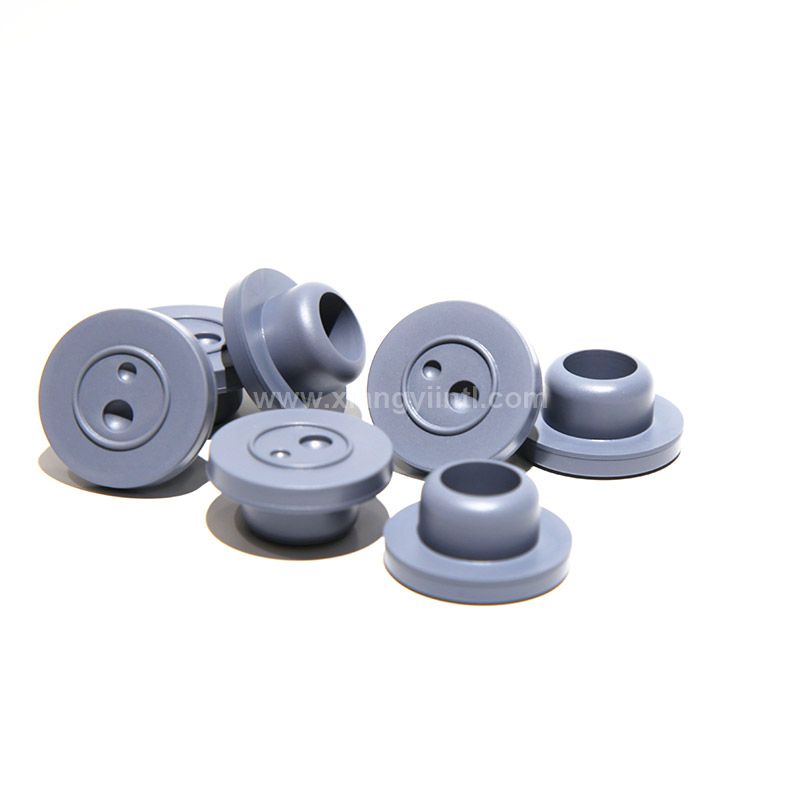How do I choose the right reins?
Reins are an essential piece of horse riding equipment that significantly impacts your communication and control while in the saddle. With a myriad of options available in the market, selecting the right reins can be a perplexing task. But worry not! In this comprehensive guide, we will navigate through the factors you need to consider to ensure you find the perfect reins for your horse. Let's get started!
1. Identifying Your Riding Style and Discipline.
The first step in choosing the right reins is to determine your riding style and discipline. Are you an experienced equestrian competing in a specific discipline like dressage, showjumping, or barrel racing? Or are you a recreational rider seeking comfortable and reliable reins for general riding? Understanding your riding style will help you narrow down the options and find reins tailored to your requirements.

2. Material Matters: Leather or Synthetic?
When it comes to reins, you have two primary material choices: leather or synthetic. Both have their advantages and downsides, so it boils down to personal preference and intended use.
Leather reins offer a traditional, classic look and a secure grip due to their natural suppleness. They age well and develop a beautiful patina over time. However, leather requires regular cleaning and conditioning to maintain its quality and durability, making them less suitable for wet weather conditions.
On the other hand, synthetic reins, typically made from nylon or rubber, are more affordable, low maintenance, and suitable for various weather conditions. They provide excellent grip and require less cleaning. However, they may lack the same elegance and luxurious feel leather reins offer.
3. Rein Length and Width.
Rein length and width play a crucial role in your control and comfort while riding. The ideal length depends on your horse's build, your riding style, and personal preference. Generally, reins range from 48 to 60 inches. Longer reins offer more flexibility and are commonly used in disciplines like Western riding, while shorter reins provide more direct contact and control, often preferred in English disciplines.
Rein width should correspond to the size of your hands. Too narrow reins can be uncomfortable and difficult to hold, while overly wide reins can result in a loss of finesse and control. Test a few different widths to find what feels most comfortable in your hands.
Additional reading:What is the best paper for printing art books?
How do you measure the amount of gas in a cylinder?
Silicone Sealing Valves: Your Guide to Maximum Performance & Efficiency
How long has PPF been around?
Can you print on popcorn bags?
How do you secure chicken with string before cooking?
Unveiling the Benefits of Biaxially Oriented Polypropylene Labels: Your Complete Guide!
4. Rein Style: Braided, Rubberized, or Plain?
Rein style refers to the texture and grip of the reins, which directly affects your control and communication with your horse.
Braided reins offer a secure grip and are ideal for riders seeking a traditional look and feel. They ensure a steady hold in various weather conditions but may require more maintenance over time.
Rubberized reins provide excellent grip and are perfect for riders who want a non-slip option. They are particularly useful in wet or humid environments. However, be aware that rubberized reins can be challenging to handle in extremely cold weather.
Plain reins, often made of leather or synthetic materials, offer a smooth and sleek surface. While they may not provide as much grip as braided or rubberized reins, they offer a more minimalistic and refined look.
5. Consider Rein Attachments: Buckles or Hook Studs?
Reins can be attached to a bit in two main ways: buckles or hook studs. Buckle attachments offer flexibility as you can easily detach and interchange them. This feature is beneficial if you have multiple bridles or bits to use.
On the other hand, hook stud attachments provide a sleek and streamlined look. They offer a more secure connection to the bit and eliminate the risk of accidentally unbuckling the reins. However, they can be less versatile if you frequently switch bridles or bits.
Conclusion.
Choosing the right reins is essential for fostering effective communication and control between you and your horse. By considering your riding style, discipline, material preferences, length and width, grip style, and attachment options, you can make an informed decision that caters to your specific needs. Remember, a comfortable and suitable pair of reins can significantly enhance your riding experience and strengthen your bond with your equine partner. Happy riding!
If you want to learn more, please visit our website What Is the Difference Between Natural and Synthetic Fibres, Polypropylene Rope Uv Resistance, 8 Strand Rope.
Additional reading:What is a flask in chemistry used for?
Does higher GSM mean better paper?
What is the difference between a flat pouch and a stand up pouch?
What is the purpose of ice cream container?
Which futuristic borosilicate glass design enhances sustainable living?
Which Custom Glass Bottles Reflect Your Personality?
How Does Linen Hardcover Book Printing Transform Publishing?
131
0
0
Related Articles
-
146
0
0
-
Which cross slit valve offers the best durability and performance for B2B purchases?
Which cross slit valve offers the best durability and performance for B2B purchases?
163
0
0
-
158
0
0
-
169
0
0
-
170
0
0
-
171
0
0
-
171
0
0
-
156
0
0










Comments
All Comments (0)